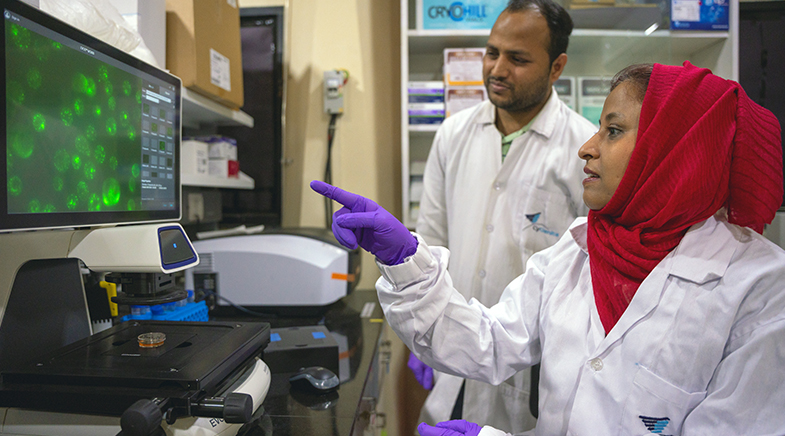Sound science
-
- from Shaastra :: vol 02 issue 04 :: Jul - Aug 2023

New genomic and AI technologies have helped end an age-old debate. Plants can detect and emit sound.
Ratnesh Chandra Mishra had just defended his PhD in plant sciences in 2015 when he found himself at a career crossroads. One path led him to a post-doc in the U.S., another to South Korea. He chose the Korean laboratory because its research question appealed to him more.
Years before his joining, Mishra recalls, there had been debates, commentaries and opinion pieces in journals on whether plants can sense, and respond to, sound. The idea that plants can detect sound had its fair share of critics and supporters, says Mishra, formerly a post-doc at South Korea's Yeungnam University and now a post-doc in Belgium's Ghent University.
In humans and many animals, eardrum vibration in response to sound waves is central to the process of hearing. The absence of ear-like organs in plants led many to question their ability to 'hear'. Regardless, for decades, Chinese and Korean farmers have played music in their fields with the belief that it helps them get better produce.
PAST ISSUES - Free to Read


Have a
story idea?
Tell us.
Do you have a recent research paper or an idea for a science/technology-themed article that you'd like to tell us about?
GET IN TOUCH














